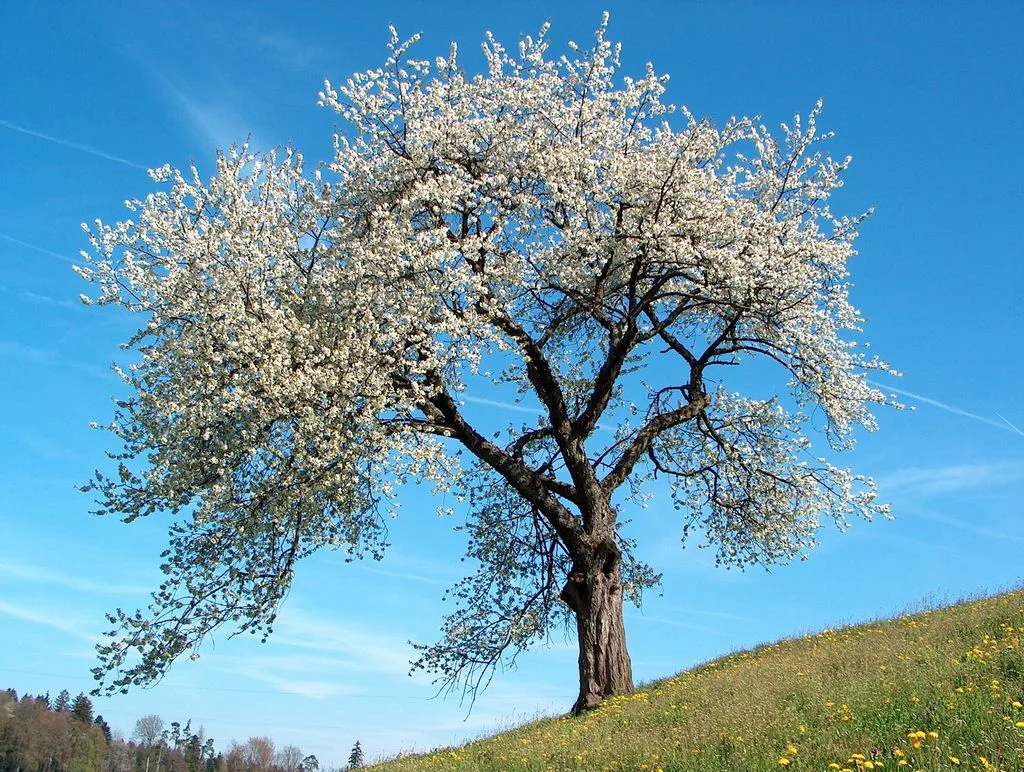
Categories
test srcset images


Sample page – title in arabic
The below was uploaded via a standard image block, it was originally a JPEG.

The below was uploaded via a standard image block, it was originally a JPEG.

The below was uploaded via a standard image block, it was originally a JPEG.

